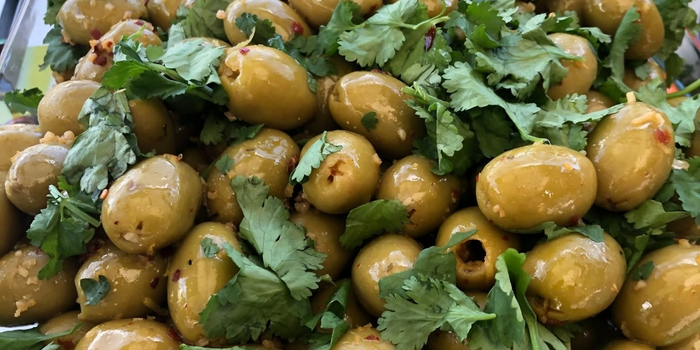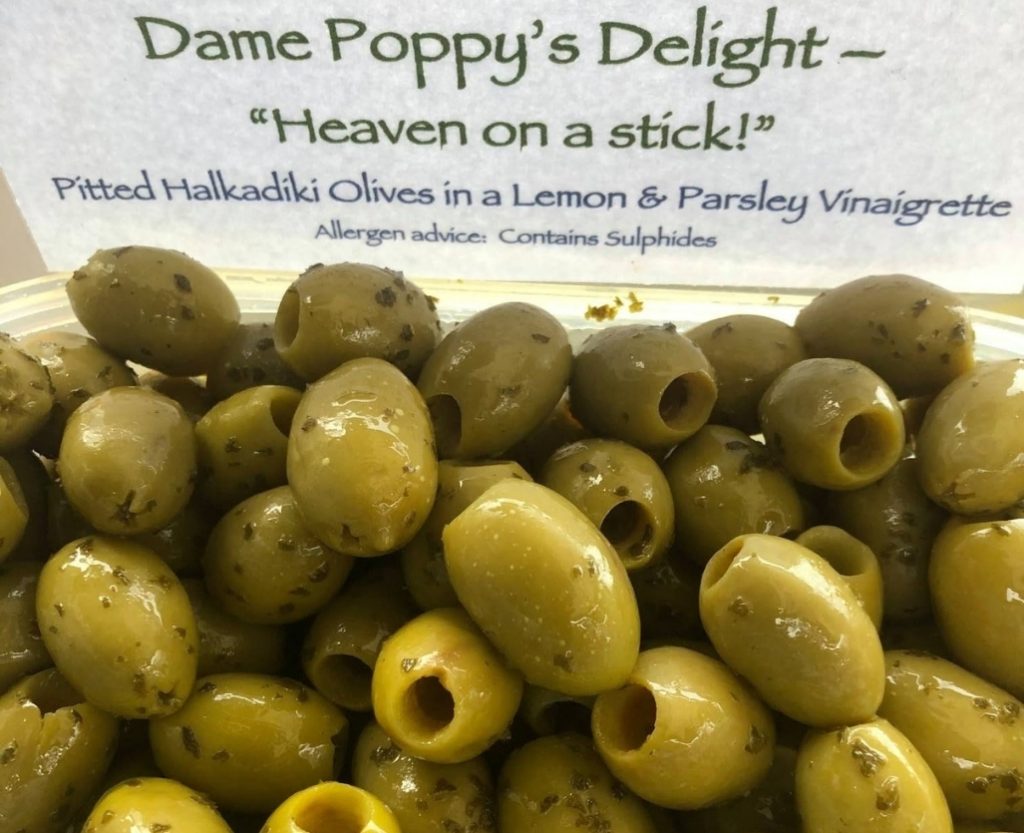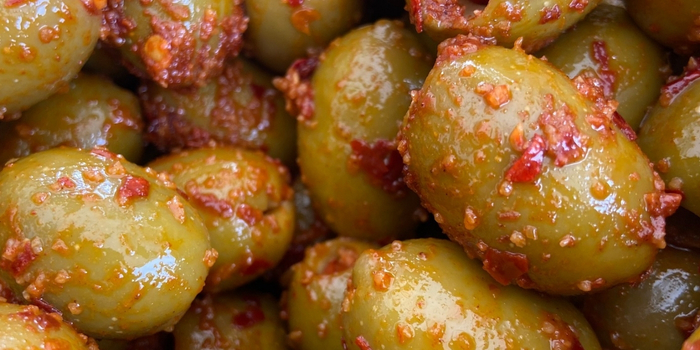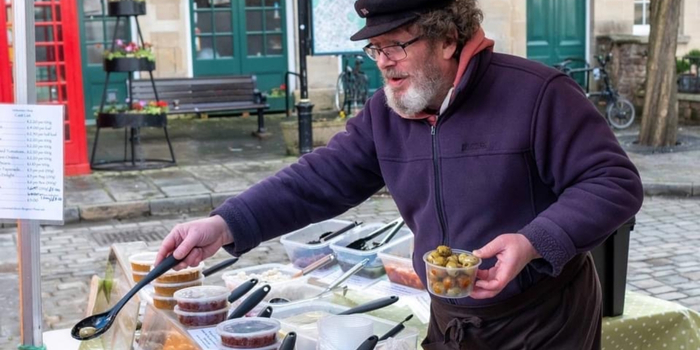Sourced for Quality
All our quality olives are sourced from family run farms in the Halkidiki and Kalamata regions of Greece. Speciality food at its best.
“This Above All To Thine Own Self Be True.”
William Shakespeare 1599 halkidiki kalamata


Where the warmth of the Mediterranean meets the heart of your table.
Founded in 2020 by Ex Chef and Actor Richard Hobbs, Midsummer Olives was born from a simple request at a local market – a desire for fresh, authentic olives paired with delicious homemade dressings.
From that spark, we’ve grown into a passionate small-batch producer dedicated to crafting the finest olives with dressings, made entirely by hand.
We take pride in making all our own dressings in-house, using carefully sourced ingredients and recipes that highlight the natural flavours of our olives.
All our quality olives are sourced from family run farms in the Halkidiki and Kalamata regions of Greece. Speciality food at its best.
“This Above All To Thine Own Self Be True.”
William Shakespeare 1599 halkidiki kalamata


We strive to create marinades that compliment the natural flavour of the halkidiki and kalamata olives. Using only the best ingredients to give clean, clear and crisp flavours.
“Heaven On A Stick”
Dame Poppy 2020 quality olives
We thrive on building lasting relationships within the community. We strive to produce sustainable specialty food that can be enjoyed anytime and anywhere with a clear conscience! Quality olives to enjoy anytime.
“Take Pains. Be Perfect.”
William Shakespeare 1595

Welcome to our olive corner! We’re thrilled to share our passion for these incredible little fruits with you. Whether you’re an olive aficionado or just starting your journey, you might have a few questions. We’ve got you covered with some of the most frequently asked questions about how these tasty treats make it from tree to table!
You might be surprised to learn that olives are indeed a fruit, specifically a “drupe” like peaches, cherries, and almonds! Their origins are ancient, with evidence of olive cultivation dating back thousands of years. They are thought to have originated in Asia Minor (modern-day Turkey and the Middle East) and spread throughout the Mediterranean Basin, becoming a cornerstone of its cuisine and culture.
Fun Fact: The olive tree is one of the oldest known cultivated trees in the world, grown even before written language was invented! Some olive trees in the Garden of Gethsemane are reputed to be over 2,000 years old and still bear fruit!
Olive trees are true sun-worshippers! They thrive in warm, sunny, and sheltered positions, which is why they’re so prevalent in Mediterranean climates. They’re incredibly resilient, known for their ability to withstand drought conditions and even grow in relatively poor soil, thanks to their deep root systems.
While they love warmth, they also need a period of colder temperatures (at least two months) to encourage flowering and fruit bearing. It takes about 3-5 years for a young olive tree to start producing fruit, and they only reach full production after about 20 years! Talk about a long-term investment!
Ah, the common misconception! If you’ve ever tried a fresh olive straight from the tree, you’ll know why – they are incredibly, intensely bitter! This bitterness comes from a natural compound called oleuropein. To make them delicious and edible, olives must go through a “curing” process. This is where the magic happens, transforming that bitterness into the wonderful flavors we all love.
Curing is essential, and there are several fascinating methods, each imparting unique flavors and textures:
Each method requires patience and care, proving that good things really do take time!
It’s a fantastic question, and the answer is simpler than you might think! All olives start out green. Their color depends on their ripeness when harvested.
However, a quick note: some commercially produced “black” olives, especially pitted canned ones, might have started as green olives and been treated with iron salts (gluconate) and oxidized to achieve a uniform black color. We prefer and offer olives that achieve their rich color naturally!
Once cured, olives become a fantastic canvas for flavor! The natural curing process itself contributes greatly to the olive’s inherent taste. Beyond that, flavors are added in several ways:
Absolutely! Olives are not just delicious; they’re packed with goodness and are a staple of the famous Mediterranean diet.
Did you know? Spain and Greece are among the world’s top consumers of olives and olive oil, with some people in Spain even advised to eat seven olives a day for good health!
To keep your olives tasting their best, it’s generally recommended to store them in their original brine or olive oil in an airtight container in the refrigerator. This keeps them fresh and flavorful for weeks, often months. If they are in brine and you want to reduce the saltiness slightly, you can rinse them gently before serving, but it’s best to keep them in their liquid for long-term storage. Enjoy every last one!